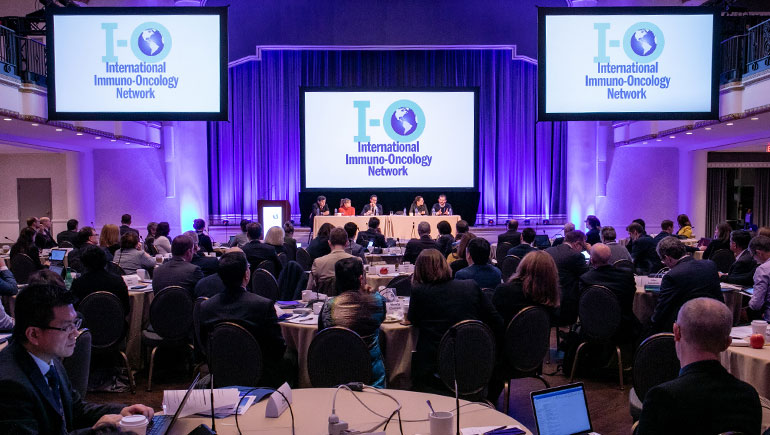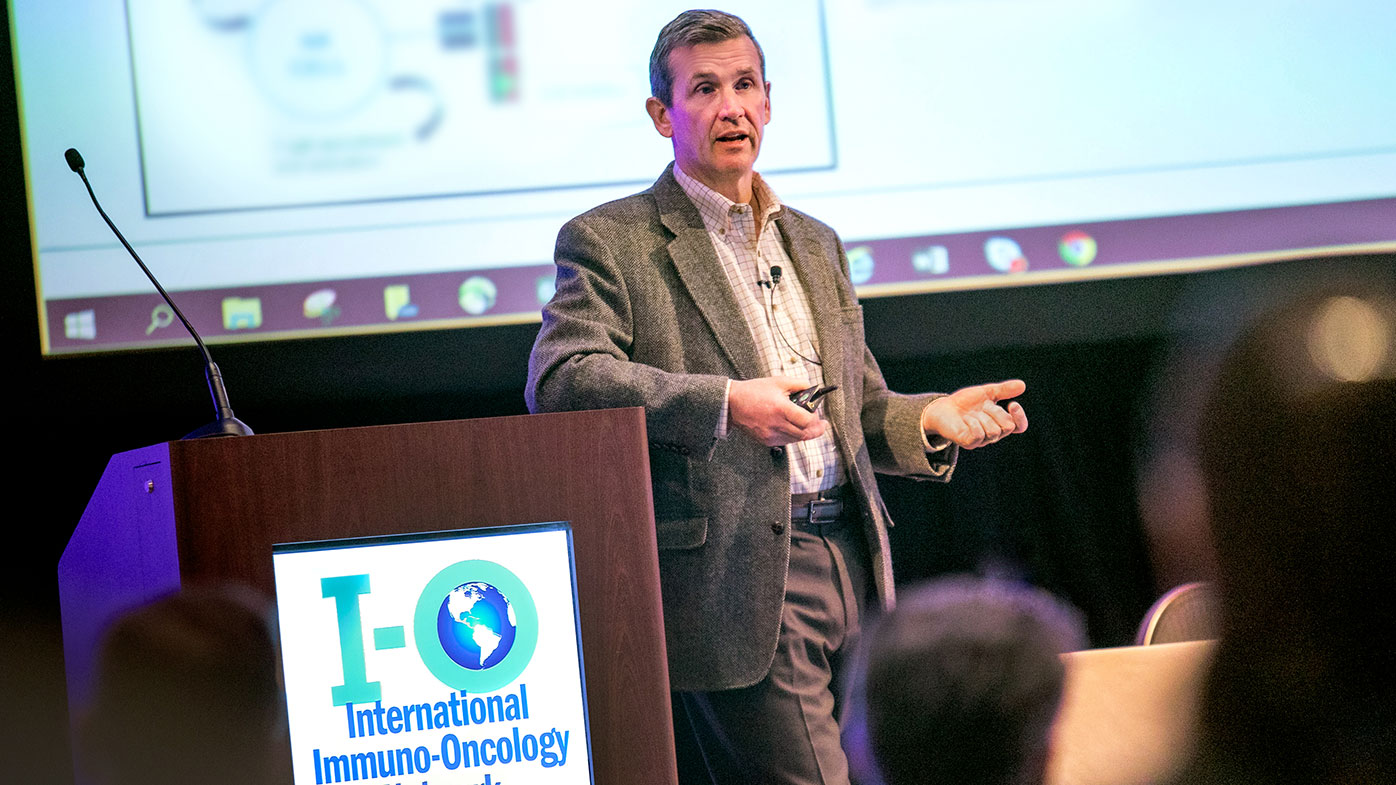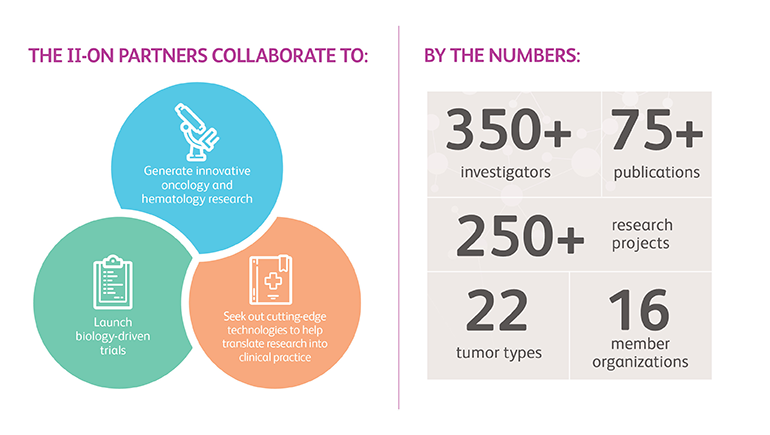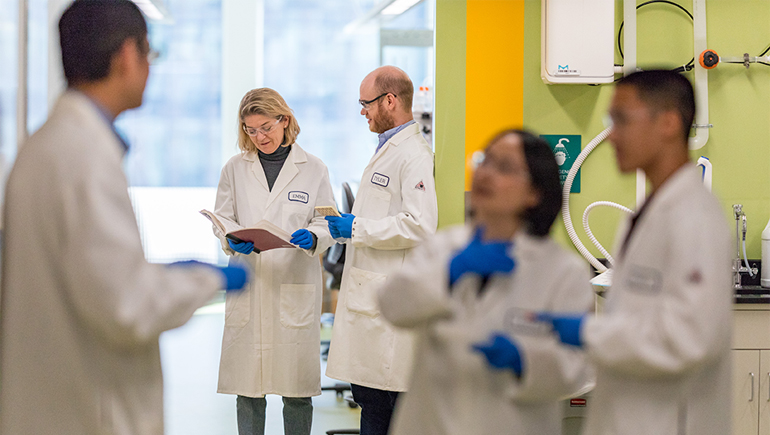
More than 100 members from Bristol Myers Squibb and II-ON's cancer research institutions gathered at the 9th Annual II-ON Scientific Symposium, held in Philadelphia.
“What makes II-ON special is the real-time interactions between our researchers and clinicians, and the investigators within the network, who represent some of the leading scientific minds driving translational and clinical cancer research across the globe,” said Dan McDonald, director, II-ON program, precision medicine at Bristol Myers Squibb. “This type of platform enables open and direct scientific exchange; where groups are picking up the phone, and exchanging ideas and data in real time.”
Each year, researchers from the II-ON convene to share insights across oncology research and exchange learnings. In 2020, more than 100 members from II-ON academic institutions and Bristol Myers Squibb gathered in Philadelphia to attend the 9th Annual II-ON Scientific Symposium and discuss a wide variety of topics at the forefront of cancer research.





